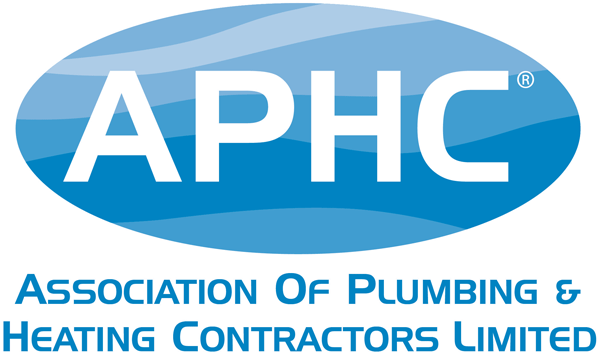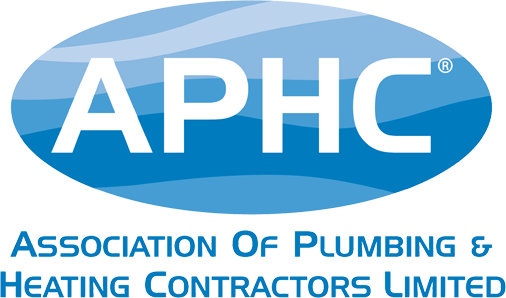Important new Building Regulation changes will impact new homes and some existing homes from June this year – the changes being all about progressing the Government agenda in transitioning to net zero by 2050.
Basic Summary
The following detail relates to developments in England, a consultation has been taking place in Wales on similar changes, however at the point of writing this article detail had not been finalised.
New homes will have to produce around 30% less carbon emissions from 2022, as part of the major regulations update. It provides an uplift to existing energy efficiency standards for homes, and marks a stepping stone towards the introduction of the Future Homes Standard in 2025.
The new Building Regulations comprise five new Approved Documents, including uplifts to Part L (fuel and power) and Part F (ventilation), which come into effect from 15 June 2022, and have a marked impact on new and existing homes.
In new homes, which include self build homes, there are new regulations to mitigate the risk of overheating. And in existing homes, standards have been raised to reduce energy use and carbon emissions during home improvements.
The Department for Levelling Up, Housing and Communities (DHLUC) believes the new regulations will help the UK to meet its net zero target. Housing minister Eddie Hughes said: “The changes will significantly improve the energy efficiency of the buildings where we live, work and spend our free time and are an important step on our country’s journey towards a cleaner, greener built environment.”
So, what’s Been Announced?
The Building Regulations changes come with £6.6 billion of direct investment into improving the energy efficiency of buildings, the government says. And the announcements impact both new homes and existing homes.
New homes
• There will be a 30% cut in emissions from new homes, as well as a 27% cut in new buildings including offices and shops
• An entirely new Building Regulation and Approved Document O has been set up to mitigate the risk of overheating in new homes. One key inclusion is that maximum limits to the amount of glazing will be set on new residential buildings
• New homes will adopt the Fabric Energy Efficiency Standard to measure energy efficiency
• An appendix has been included in Part L which sets out a good practice specification for a home built with a heat pump.
Existing homes
• Uplifts to Part L & Part F of the Building Regulations have set new minimum standards for fabric efficiency. For example, there will be a new efficiency metric for the whole house calculation method for new extensions
• There will be a requirement for new or replacement heating system designs to accept low-carbon heating in future, including integrating the latest Ecodesign appliance benchmarks.
Reduced Design Flow Temperature from Heat Producing Appliances
One of the more significant areas in the new Part L relating to existing dwellings is the requirement for a maximum heat producing appliance flow temperature of 55°C for both new and replacement heating systems. This has implications for the sizing requirement of the complete system i.e. both pipework and heat emitters. Where this is not possible in an existing property due to restrictions such as available space to include larger sized heat emitters – then the lowest possible design flow rate should be achieved. This is all in addition to the standard controls upgrade requirements that have been stipulated in previous versions of the Domestic Building Services Compliance Guide and are now integrated into the new Part L document.
Airtightness
One of the new stipulations relates to the airtightness of properties in relation to energy conservation.
The regulations state that in relation to new properties – internal building services: where services penetrate the air barrier, holes should be as small as possible and should be core drilled to limit damage. The penetrating services should be sealed to the air barrier using proprietary grommets or collars with air-sealing tape or sealant. Where membranes are penetrated, careful detailing should be used to achieve a robust and durable seal at these penetrations.
In relation to existing dwellings, the minimum requirement when installing pipework or services is the taping and sealing around service penetrations.
System Commissioning
The Part L requirements have been ‘beefed up’ somewhat in relation to system commissioning to now include much more detail on the required process –
• Commissioning of fixed building services such as heating and hot water systems are notifiable work areas requiring – building control approval or self certification by a member of a competent persons scheme
• Full commissioning must be undertaken in line with the requirements of a commissioning plan for the installed system or component to include checking for compliance with detail of the regulations and the production of full and detailed commissioning records demonstrating that the system has been effectively commissioned
• Full operating and maintenance manuals must be provided to the customer within five days of the system being commissioned.
The government also published Approved Document S, which provides technical guidance regarding the installation of electric car charge points in homes.
A transition period will now commence until June 2022, when the new regulations will come into effect, which is designed to allow for planning applications that are currently in progress.
Future Homes Standard Latest
The changes to the Building Regulations were published in December 2021 alongside the government’s response to the second Future Homes Standard consultation (called the Future Buildings Standard).
As part of the response, it was confirmed that in 2023 a full technical consultation for the launch of the Future Buildings Standard will begin, ahead of the Standard’s introduction in 2025.
So, there’s some significant changes afoot with the design flow rate changes perhaps being the most significant for members. You can rest assured that as the year progresses there’ll be much debate and discussion regarding some of these changes and we’ll no doubt cover them further as things unfold.
Meanwhile if you are an APHC Member and you’d like to talk through these changes in more detail then please contact the Technical Services Department on 0121 711 5033.
Back to APHC Homepage: Support for Plumbing and Heating Contractors | APHC






